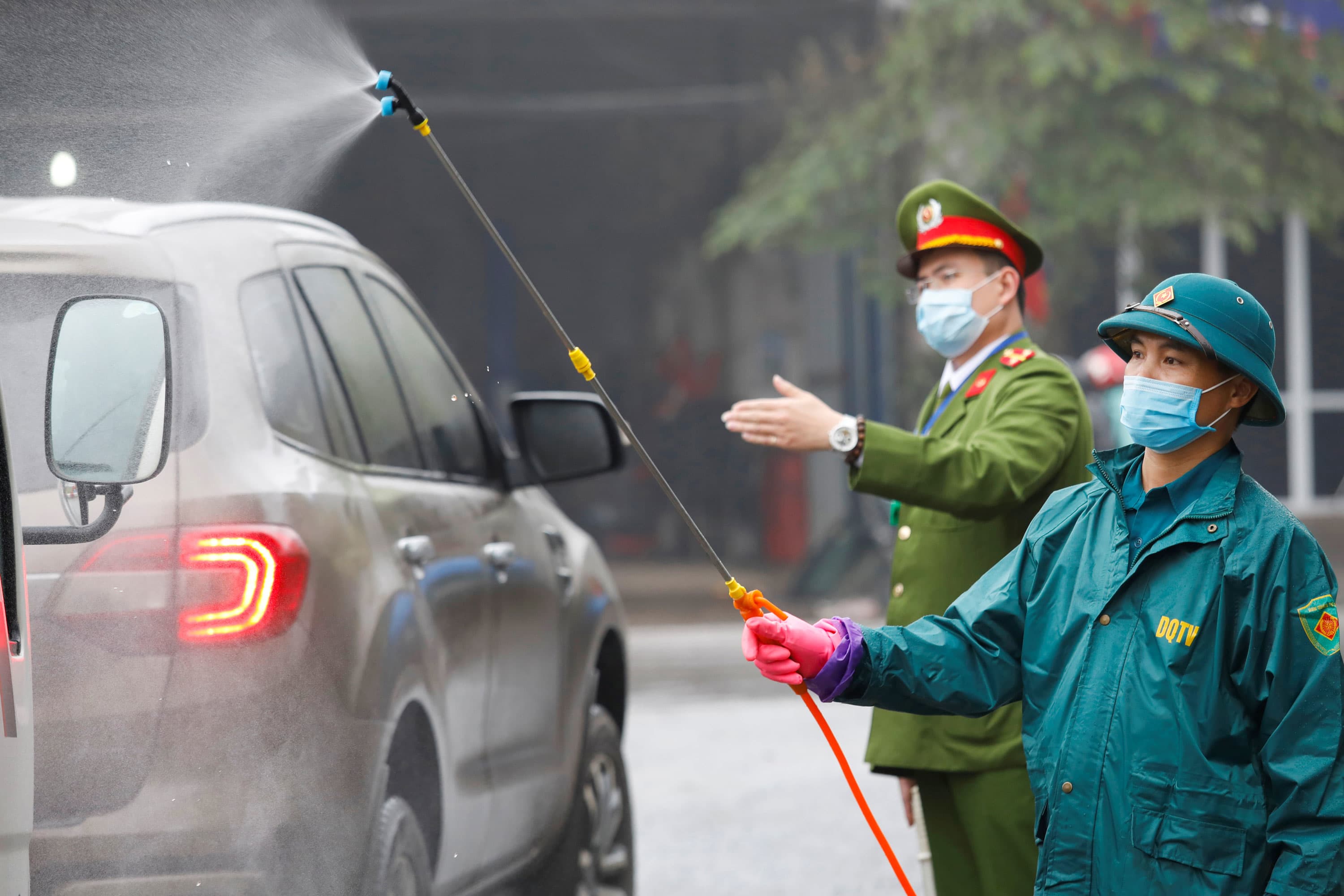
Members of anti-coronavirus team spray chemical into vehicles on a road in Thai Nguyen province, Vietnam February 7, 2020.
Kham | Reuters
The number of new coronavirus cases slowed in China for a second day, but it's too early to celebrate, World Health Organization officials said Friday.
There are 31,211 confirmed cases in China and at least 637 deaths as of Friday morning, Tedros Adhanom Ghebreyesus, director-general of WHO, said during a news conference at the agency's headquarters in Geneva. Tedros said the slowing rate of new cases is "good news" but cautioned the public not to read too much into the new data.
"The numbers could go up again," he told reporters. "As you know, epi curves can zigzag," referring to a diagram that shows the distribution of cases over time.
WHO said it has sent medical supplies such as masks, gloves, gowns and diagnostic tests around the world. It is discouraging stockpiling of protective gear, saying the limited items need to be saved for regions most impacted by the virus. The price of protective gear has increased, while availability has decreased, WHO officials said.
That could have a "knock-on effect" for other ongoing epidemics such as Ebola, Dr. Mike Ryan, executive director of WHO's emergencies program, said Friday.
The agency is asking member countries for donations to help with outbreak response efforts after tapping $9 million from its contingency fund for emergencies earlier this week. So far, the agency has received donations from the Bill and Melinda Gates Foundation and from Japan, Tedros said at a news conference Thursday.
Dr. Maria Van Kerkhove, head of WHO's emerging diseases and zoonosis unit, said Friday that the agency has set up a referral system where countries that don't have the capacity to run diagnostic tests can send samples to 15 labs located in different regions around the world.
Kerkhove said the agency also shipped 250,000 diagnostic tests this week. Officials are looking for more "countries that have the molecular capacity" to run tests, she said.
On Wednesday, Tedros said that the number of confirmed cases grew by more than 3,100 over the previous 24 hours, which he said was "the most cases in a single day since the outbreak started" on Dec. 31. However, he emphasized that the overwhelming majority of cases are in China, and of those, 80% are in Hubei province, where the virus was first detected in the city of Wuhan.
"Our greatest concern is about the potential for spread in other countries with weaker health systems and who lack the capacity to detect and diagnose the virus," he said. "We're only as strong as the weakest link."
The virus appears to be particularly troublesome for older people and those with underlying health conditions, WHO officials said. Symptoms can include a sore throat, runny nose, fever or pneumonia and can progress all the way to multiple organ failure or death in some severe cases, they said.
Ryan said Thursday that it's "too early" to know when the virus will peak, adding that "we need to be very careful on making any predictions."
"There are cycles of transmission, and we may see those cases increase in the coming days, but at least for the moment, things are stable."
https://news.google.com/__i/rss/rd/articles/CBMia2h0dHBzOi8vd3d3LmNuYmMuY29tLzIwMjAvMDIvMDcvY29yb25hdmlydXMtY2FzZXMtc2xvdy1pbi1jaGluYS1idXQtaXRzLXdheS10b28tZWFybHktdG8tY2VsZWJyYXRlLXdoby5odG1s0gFvaHR0cHM6Ly93d3cuY25iYy5jb20vYW1wLzIwMjAvMDIvMDcvY29yb25hdmlydXMtY2FzZXMtc2xvdy1pbi1jaGluYS1idXQtaXRzLXdheS10b28tZWFybHktdG8tY2VsZWJyYXRlLXdoby5odG1s?oc=5
2020-02-07 17:10:00Z
52780579291157
Tidak ada komentar:
Posting Komentar